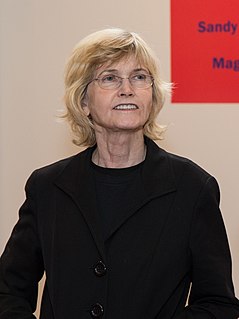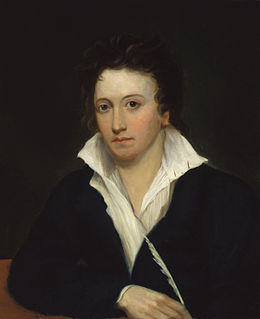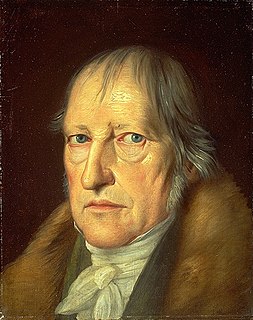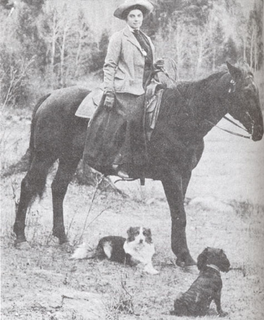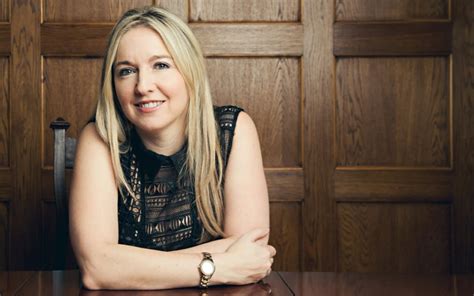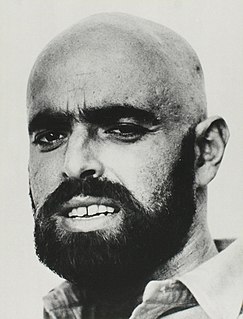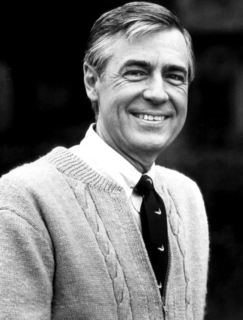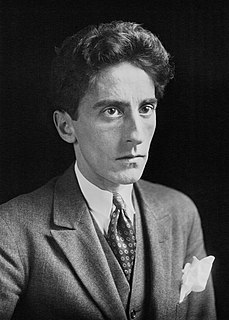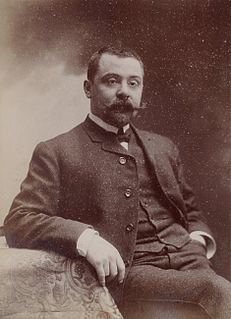A Quote by Jeanette Winterson
Like all familiar objects, it had become invisible.
Related Quotes
Quite generally, the familiar, just because it is familiar, is not cognitively understood. The commonest way in which we deceive either ourselves or others about understanding is by assuming something as familiar, and accepting it on that account; with all its pros and cons, such knowing never gets anywhere, and it knows not why.... The analysis of an idea, as it used to be carried out, was, in fact, nothing else than ridding it of the form in which it had become familiar.
People are like houses. They could open their doors. You could walk through their rooms and touch the objects hidden in their corners. But something--the structure, the wiring, the invisible mechanism that kept the whole thing standing--remai ned invisible, suggested only by the fact of its existing at all.
Marriage is those two thousand indistinguishable conversations, chatted over two thousand indistuinguishable breakfasts, where intimacy turns like a slow wheel. How do you measure the worth of becoming that familiar to somebody—so utterly well known and so thoroughly ever-present that you become an almost invisible necessity, like air?
The house begins to be a home. The unfamiliar places are beginning to fold the familiar objects into their keeping and to cozy them down. Objects that swore at each other when the movers heaved them into the new rooms have subsided into corners and sit to lick their feet and wash their faces like cats accepting a new home.
When I was starting out, conceptual photography had become something that had to be amateur - like, that had to be black-and-white, or photocopied, or really not an object in order to be taken seriously. It had to work against technical mastery, and so on. So I think that my work is full of obstacles in the sense that it does look highly familiar and accessible. It does look like it's already "solved at first sight." It does look like it's part of a larger industry.
My pictures are devoid of objects; like objects, they are themselves objects. This means that they are devoid of content, significance or meaning, like objects or trees, animals, people or days, all of which are there without a reason, without a function and without a purpose. This is the quality that counts. Even so, there are good and bad pictures.

